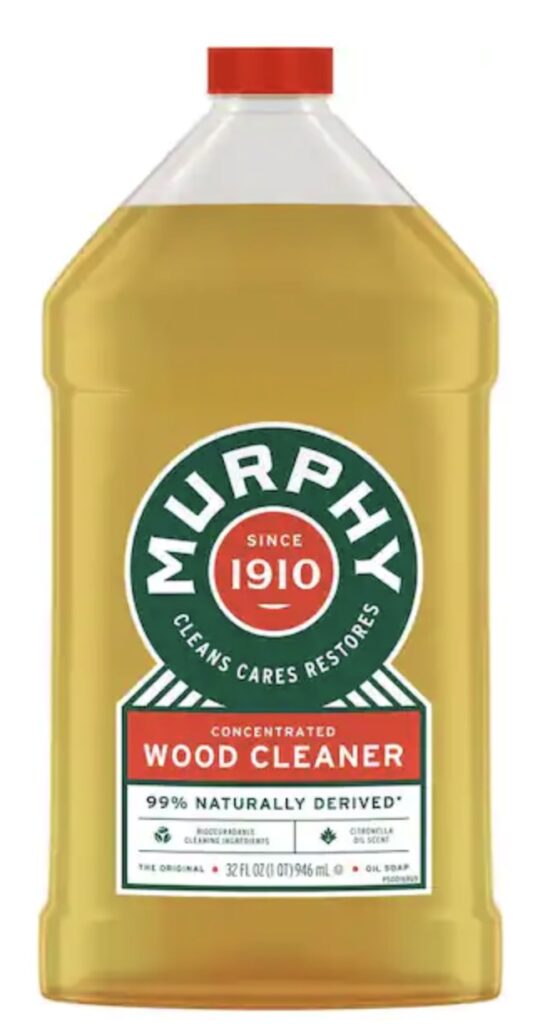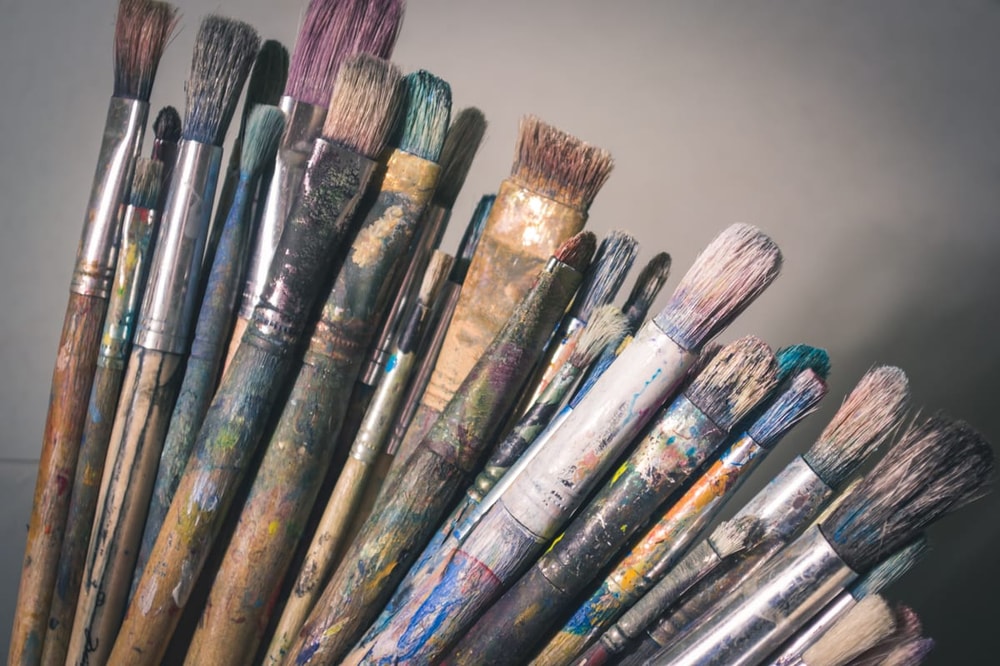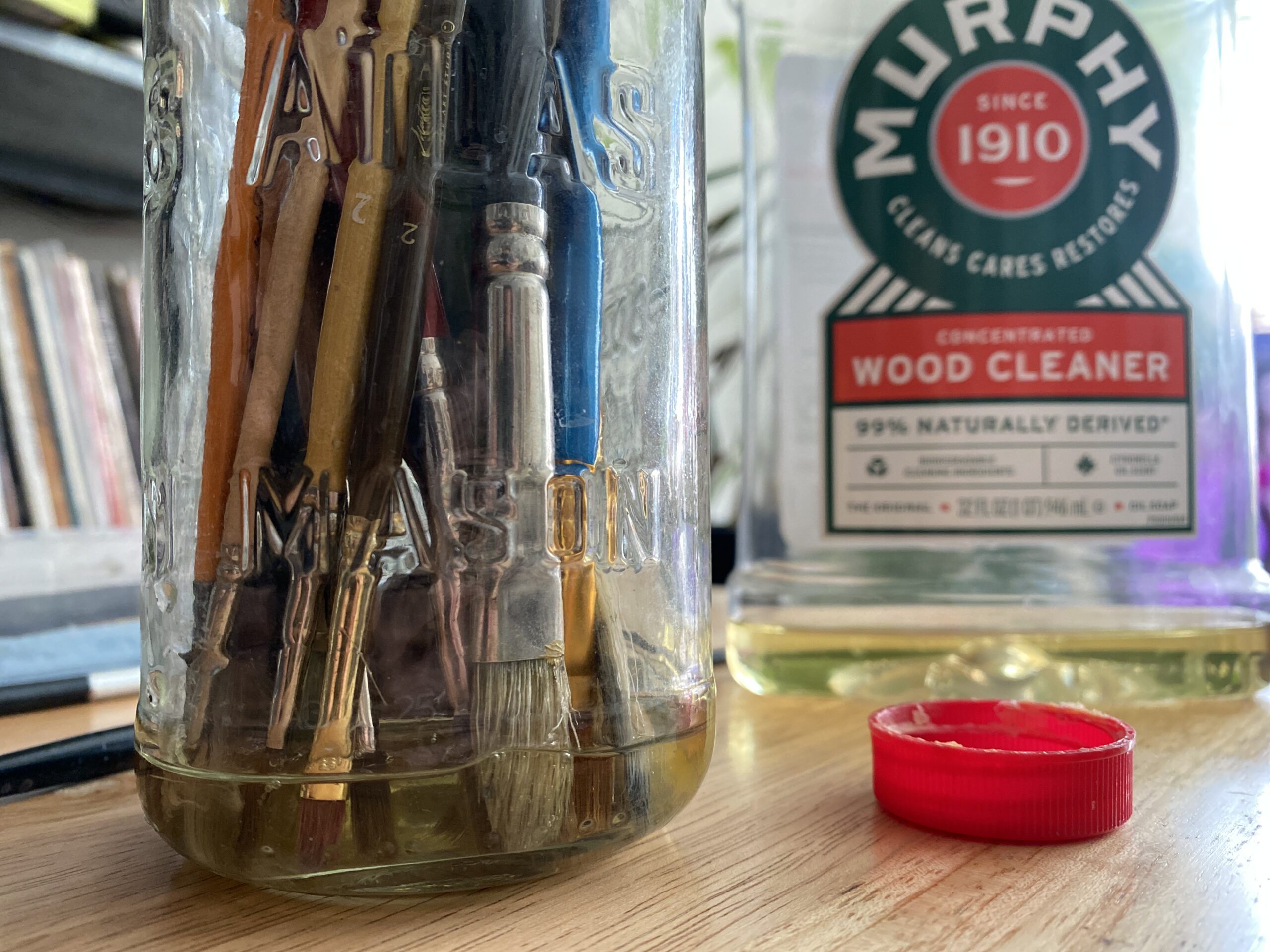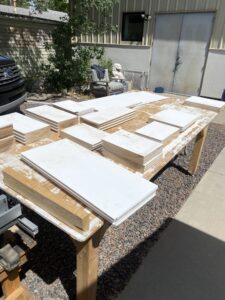As artists, our brushes are like our companions on the canvas, helping us translate our thoughts into artworks. Proper brush care is essential to maintain their longevity and ensure optimal performance. In this blog post, we’ll delve into the world of brush care and explore the benefits of using Murphy’s Oil Soap – a versatile and effective solution for cleaning and revitalizing your artistic tools.

The Power of Murphy’s Oil Soap
Murphy’s Oil Soap has long been trusted as a gentle yet potent cleaner for a variety of surfaces, and it’s no different when it comes to art supplies. Its natural ingredients make it an ideal choice for artists seeking a safe and efficient way to clean their brushes. Here’s how you can incorporate Murphy’s Oil Soap into your brush care routine:
Step-by-Step Guide to Cleaning Brushes with Murphy’s Oil Soap
(My posts may contain affiliate links! If you buy something through one of those links, you don’t pay a penny more, but I’ll get a small commission, which helps keep the lights on. Thanks!)
1. Gather Your Materials:
– A clean container or jar
– Paper towels or a soft cloth, or tennis ball (optional)
– A brush holder or drying rack if you have one, if not, paper towels will do just fine
2. Preparation:
Partly fill the container with Murphy’s Oil Soap. Make sure that the soap doesn’t go higher that the ferrules (the metal parts of the brush) of the brushes.
3. Initial Rinse:
Swirl your brush in the soap, making sure to coat the bristles thoroughly. Gently press the bristles against the bottom of the container to release any paint or pigment trapped within.
4. Deep Cleaning:

For brushes with stubborn paint buildup, let them soak, bristles down in the soap for 24 hours. This will help soften the paint and make it easier to remove. If you’re anything like me and don’t clean your brushes when you’re done painting (not recommended), this is an excellent way of getting that dried paint out. When leaving your brushes in the jar with Murphy’s oil soap, be careful with the more delicate brushes as they will be bristles down in the jar and after a while gravity will pull down and the bristles can bend resulting in permanent damage. So don’t leave delicate brushes in there for too long.
5. Brush Care:
Using your fingers or a brush cleaning pad, gently massage the bristles to remove any remaining paint. You can also cut a tennis ball in half and use the inside of one of the halves to massage the bristles against it instead of using your hand. If you use your hand, make sure you put on gloves.
6. Rinse and Repeat:
Rinse the brush under running water to remove the soap and paint residue. Repeat the process if necessary until the water runs clear and the brush is clean.
7. Drying:
Gently reshape the bristles and lay the brush flat on a paper towel or place it in a brush holder to dry. Avoid standing brushes upright with the bristles pointing up, as this can cause water to seep into the ferrule and weaken the glue holding the bristles. You can stand them with the bristles pointing up once they dry.
Benefits of Using Murphy’s Oil Soap
1. Gentle Yet Effective: Murphy’s Oil Soap is gentle on brush bristles while effectively removing paint and residue.
2. Natural Ingredients: The natural ingredients in Murphy’s Oil Soap are safer for both you and the environment.
3. Versatility: Murphy’s Oil Soap can also be used to clean other art supplies, such as palette knives and glass or plexiglass paint palettes.
Maintaining your artistic tools is an essential part of nurturing your creative process. Incorporating Murphy’s Oil Soap into your brush care routine can extend the life of your brushes and ensure that they continue to perform at their best. By investing a little time and care into your brushes, you’re not only preserving your art supplies but also enhancing the quality of your artistic expressions. So, let your creativity flow freely, knowing that your brushes are ready to bring your visions to life.



